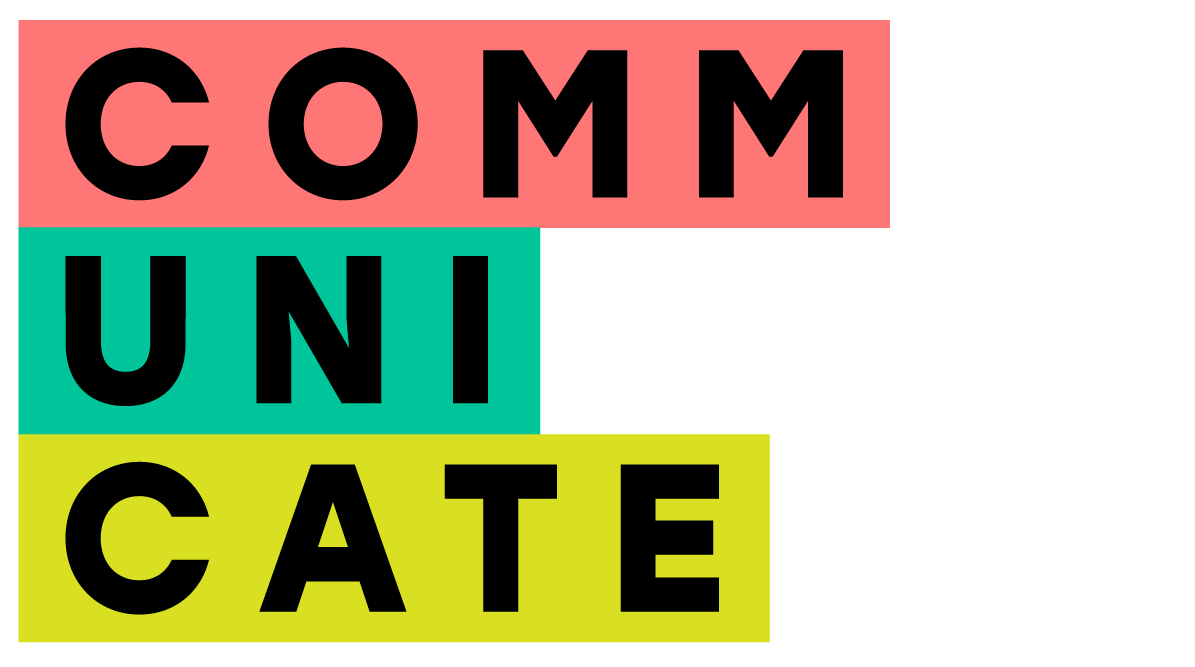Equity vs. Equality in the Workplace: A Guide to Building a Thriving DEI Culture
Ever heard the saying "treat everyone the same"? It's a common ideal, but in the workplace, it doesn't always lead to fairness. That's where understanding the difference between equity and equality comes in. While they might sound similar, they have distinct meanings, and creating a truly inclusive work environment hinges on getting them right.
Equality in the Workplace: A Level Playing Field (in Theory)
Equality means treating everyone the same. In a workplace setting, this translates to providing everyone with the same resources and opportunities for advancement.
Examples of Workplace Equality:
Standardized training programs for all employees.
One-size-fits-all benefits packages.
Identical work schedules for everyone in a particular role.
Limitations of Equality
At first glance, equality seems like a straightforward and fair approach. However, it fails to consider that people come from diverse backgrounds and have varying needs. A standardized training program, for example, might not be accessible for someone with a learning disability. A benefits package that prioritizes childcare might not be ideal for an employee without children. In essence, a one-size-fits-all approach can unintentionally disadvantage certain groups.
Equity in the Workplace: Fairness Tailored to Individual Needs
Equity goes beyond treating everyone the same. It focuses on providing each individual with the resources and support they need to be successful and achieve equal outcomes. It's about creating a level playing field by removing barriers and ensuring fairness.
Examples of Workplace Equity:
Flexible work arrangements: Offering flexible schedules, remote work options, or compressed workweeks can be a game-changer for working parents or caregivers, allowing them to balance professional and personal commitments.
Mentorship programs: Pairing experienced professionals with underrepresented groups can provide valuable guidance and support, helping them navigate career advancement opportunities.
Accessibility tools and resources: Investing in tools like screen readers, closed captioning, or ergonomic furniture ensures a comfortable and productive work environment for employees with disabilities.
Pay equity analysis: Regularly analysing compensation data to identify and address any gender pay gaps or biases in salary structures ensures fair compensation based solely on the work performed.
Benefits of Equity
Creating an equitable workplace isn't just about being fair; it's a strategic investment in your organization's success. Here's how:
Level Playing Field: It creates a fair environment where everyone can compete based on their skills and experience, ensuring everyone has a fair chance to thrive, regardless of background.
Diverse and Inclusive: Equity fosters a workplace that welcomes and values people from different backgrounds. This leads to a richer pool of ideas and perspectives, benefiting the entire organization.
Engaged Employees: When employees feel valued and supported, they're more engaged and motivated, leading to higher productivity and satisfaction.
Success for All: Equity ultimately contributes to a more successful organization by enabling everyone to reach their full potential.
Putting Equity into Action: Steps for Your Workplace
Building an equitable workplace is an ongoing process, but here are some practical steps you can take:
Diversity Audit: Conduct a comprehensive diversity audit to identify areas for improvement regarding representation and inclusion. This can include looking at hiring practices, promotion opportunities, compensation structures and company culture.
Unconscious Bias Training: Implement unconscious bias training for all employees to raise awareness of our inherent biases and how they can impact decision-making.
Open Communication: Encourage open communication and feedback from employees to identify and address any potential inequities.
Policy Review: Regularly review your policies and practices to ensure they promote equity and address any emerging issues.
By understanding the difference between equality and equity, and by taking concrete steps towards creating a more equitable environment, organizations can build a stronger foundation for success.
Equity is not just about giving everyone the same thing. It's about recognizing individual needs and providing the necessary support to create a truly fair and inclusive work environment.
Ready to take action?
Our DEI consulting services, and workshop training can help your organisation develop a customised strategy to achieve true equity in the workplace. We offer a comprehensive range of solutions, from conducting in-depth diversity audits to facilitating interactive workshops on topics such as unconscious bias and inclusive leadership. Contact us or book a call today to learn more about how we can help you unlock the full potential of your diverse workforce.
